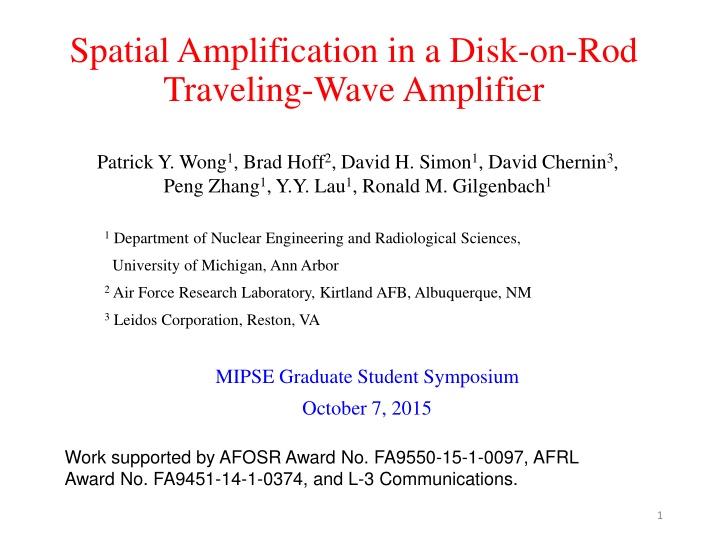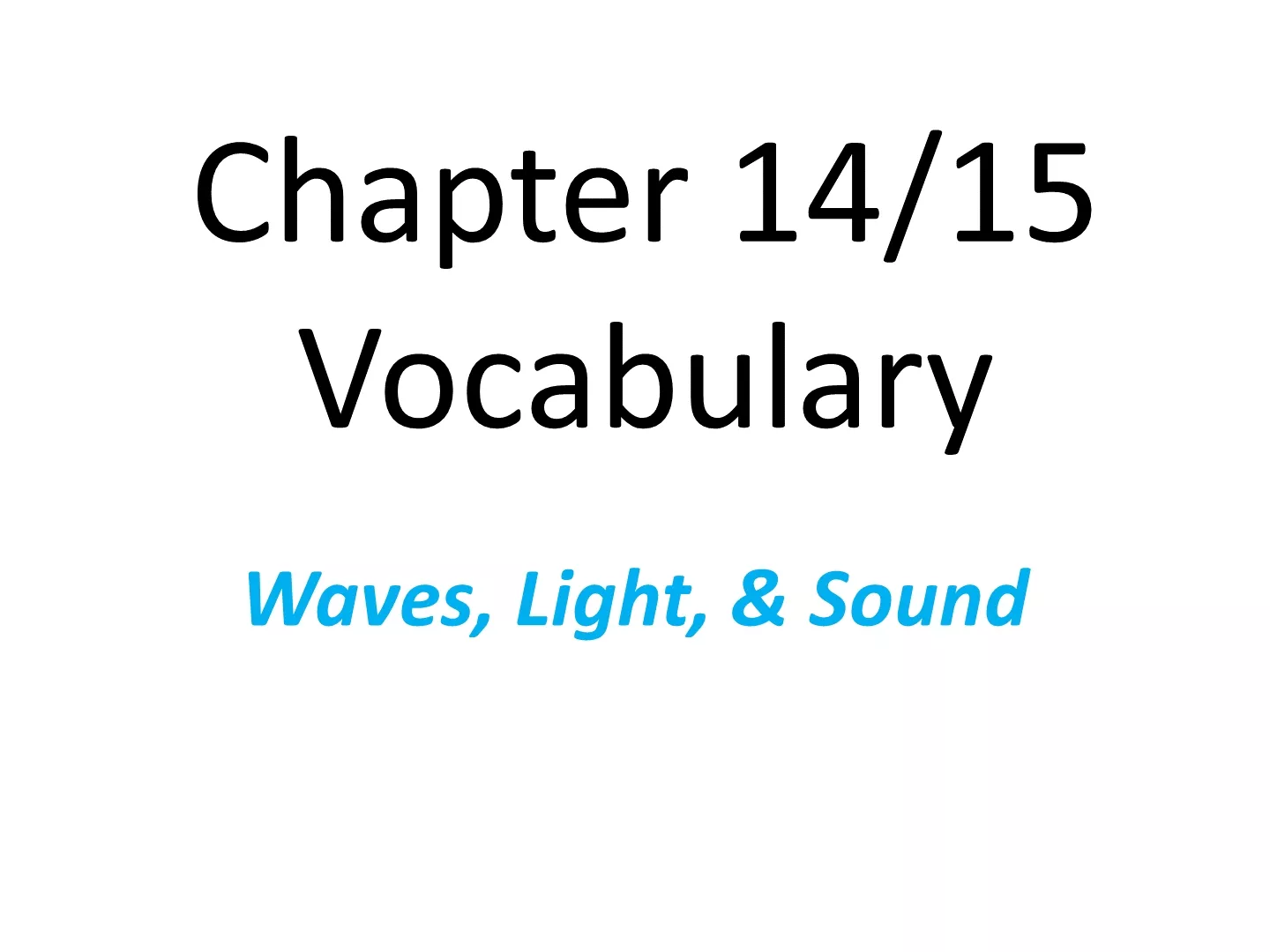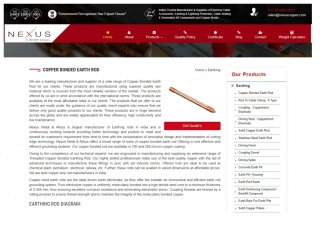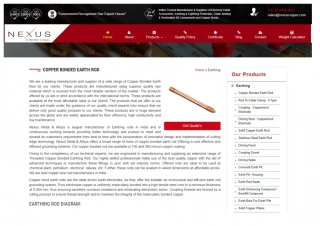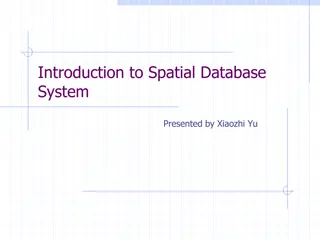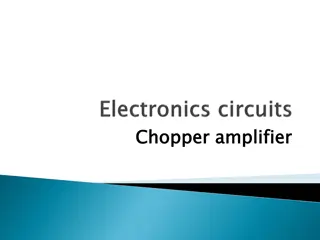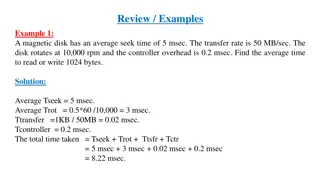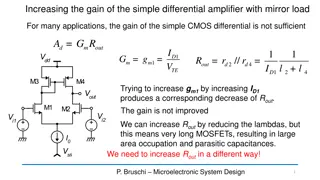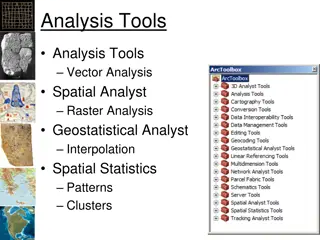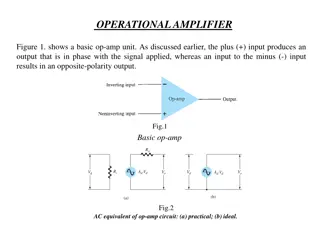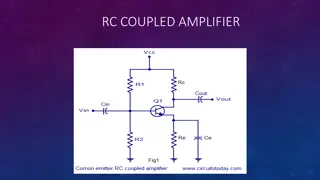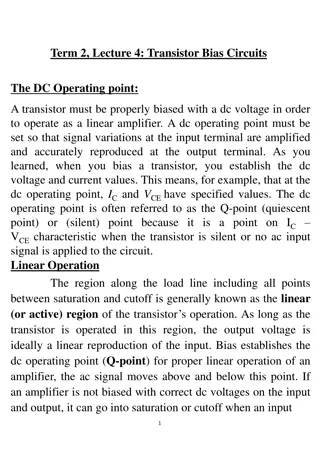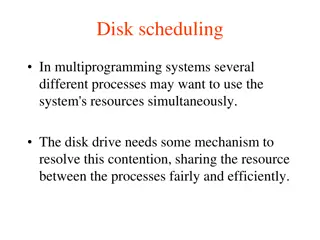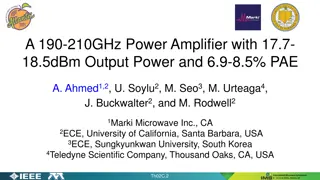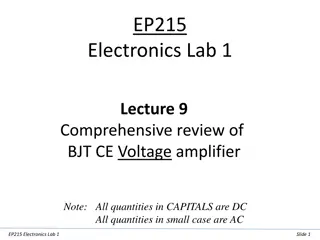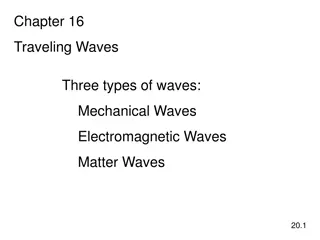Spatial Amplification in Disk-on-Rod Traveling-Wave Amplifier Study
Explore the viability of Disk-on-Rod Traveling Wave Tube (TWT) for high-power microwave devices with wide bandwidth. Analyze the spatial amplification rate through hot-tube dispersion relations, comparing against Particle-in-Cell code simulations. Schematic diagrams and cold-tube dispersion relations are presented, showing good agreement between analytical field theory, HFSS, and ICEPIC simulations.
Download Presentation

Please find below an Image/Link to download the presentation.
The content on the website is provided AS IS for your information and personal use only. It may not be sold, licensed, or shared on other websites without obtaining consent from the author.If you encounter any issues during the download, it is possible that the publisher has removed the file from their server.
You are allowed to download the files provided on this website for personal or commercial use, subject to the condition that they are used lawfully. All files are the property of their respective owners.
The content on the website is provided AS IS for your information and personal use only. It may not be sold, licensed, or shared on other websites without obtaining consent from the author.
E N D
Presentation Transcript
Spatial Amplification in a Disk-on-Rod Traveling-Wave Amplifier Patrick Y. Wong1, Brad Hoff2, David H. Simon1, David Chernin3, Peng Zhang1, Y.Y. Lau1, Ronald M. Gilgenbach1 1Department of Nuclear Engineering and Radiological Sciences, University of Michigan, Ann Arbor 2Air Force Research Laboratory, Kirtland AFB, Albuquerque, NM 3Leidos Corporation, Reston, VA MIPSE Graduate Student Symposium October 7, 2015 Work supported by AFOSR Award No. FA9550-15-1-0097, AFRL Award No. FA9451-14-1-0374, and L-3 Communications. 1
Motivations and Objectives Motivations: Many high power microwave devices have narrow bandwidth, concentrating more on high power output Disk-on-Rod Traveling Wave Tube (TWT) may provide both high power output and wide bandwidth by its use of an annular beam (for high current) and slow-wave structure (for wide bandwidth) Objectives: Do an in-depth study of the viability of this Disk-on-Rod TWT Derive and solve the exact hot-tube dispersion relation to find the spatial amplification rate Compare against Particle-in-Cell code ICEPIC, MAGIC, and CHRISTINE Relate to Pierce s General Theory of TWTs 2
Schematic Diagram: Disk-on-Rod TWT b R h a Disk-on-Rod Slow-Wave Structure w w L Electron Beam Outer Shell 3
Cold-Tube Dispersion Relation (? = 0) ? ?? ? ? ???? ? ?= ??= ?0+2?? ? ??=??? 2 ??= ?? ?2 ? ? = ?0 ? ?0 ? ? ?? ? = ?0 ? ?1 ? ? ??? = ?0??? ?0??? ?0(???)?0(???) (sin??)2 ?? ? (???) ???(???) ? ?,?0 = ?? =??? 2, ?? 2 ?2 ?? ? ? ?? ?? ??0 ?? ??0 ? ? ? ? ? ?0 ?1 ? ? ?? ? The cold-tube dispersion relation relates the angular frequency to the wavenumber (propagation constant) of the fundamental mode 0 of the circuit wave in the absence of the electron beam 4
Cold-Tube Dispersion Relation Comparison 16 14 12 10 Absolute Instability [1] f [GHz] Field Theory 8 HFSS ICEPIC/HFSS 6 Beam mode 4 2 Operating Point 0 0 50 100 150 200 250 300 350 Phase [deg] Good agreement between the analytic field theory, HFSS, and ICEPIC [1] D. M. H. Hung, I. Rittersdorf, P. Zhang et al., Phys. Rev. Lett. 115, 124801 (2015). 5
Hot-Tube Dispersion Relation (? = 0) ? ,?? ? ?? ? ???? ? = ? 2? (sin??)2 ?? ?? ? ? ?? 2??? ??? ? ????? 2?? 2 ?? ? ???0 ?= ? ??? ? ??? 2 ? ??? ??? ??? + ??= ?0??? ?0??? ?0(??a)?0(??R) (? ?0?0)2= ?? ( p= beam plasma frequency, R = plasma reduction factor) 2?(?,?0)
Plasma Reduction Factor R( , 0)is the plasma reduction factor ? ?,?0 ?? ? ?01 ??(?0 ?01)+ ??, where RS is the singular part and ??= ? ?,?0 ?? ? ?01 ??(?0 ?01) is the remainder. ?? ??0 ?? ?? is the group velocity) (??= 7
Pierces General Three-Wave TWT Theory ? ?0?02 4?2??3 + ??? = 2?3?3 ? ?0?02 ?? ???0 ?01 Exact hot-tube dispersion relation 2?? ? ?0?0 ? ?01 = ?? 2?? Pierce s 3-Wave Dispersion Relation (approximate) General form of dispersion relation, exact or approximate: [Beam Mode] [Circuit Mode] = [Coupling Constant] C = coupling constant (proportional to Rs) QC= space charge effect (proportional to RN) 8
Test Case Parameters Dimensions [cm] b b R a h w w 3.5 2.8 2.3 1.3 0.3 0.3 0.1 R h a Operating Parameters V [kV] 01 [m-1] f01 [GHz] 123.847 100 2.832 w w L 9
Spatial Amplification Rate vs Beam Current using Pierce Theory The analytic theory, ICEPIC, CHRISTINE, and MAGIC all show general agreement 10
Frequency Response at 50 A DC beam current ICEPIC Comparison 10 9 8 7 Im( 0) [1/m] 6 5 ICEPIC 4 Theory 3 2 1 0 0 0.5 1 1.5 2 2.5 3 3.5 4 4.5 f [GHz] There is fair agreement between theory and ICEPIC 11
Absolute Instability Simulated For the given test case parameters, there is an absolute instability at upper band edge [1]. The MAGIC simulations confirm this: Signal Absolute Instability Absolute Instability Signal Signal [1] D. M. H. Hung, I. Rittersdorf, P. Zhang et al., Phys. Rev. Lett. 115, 124801 (2015). 12
Summary & Future Work The hot-tube dispersion relation for a Disk-on-Rod TWT driven by an annular electron beam is obtained. The cold-tube limit is verified by HFSS and ICEPIC The theoretical spatial amplification rate as a function of beam current agrees well with ICEPIC, MAGIC, and CHRISTINE for synchronous interaction. The agreement in the frequency response from the theory and ICPIC is only fair, a subject for future study. A possible absolute instability at upper band edge is observed in ICEPIC, also a subject for future study. 13
